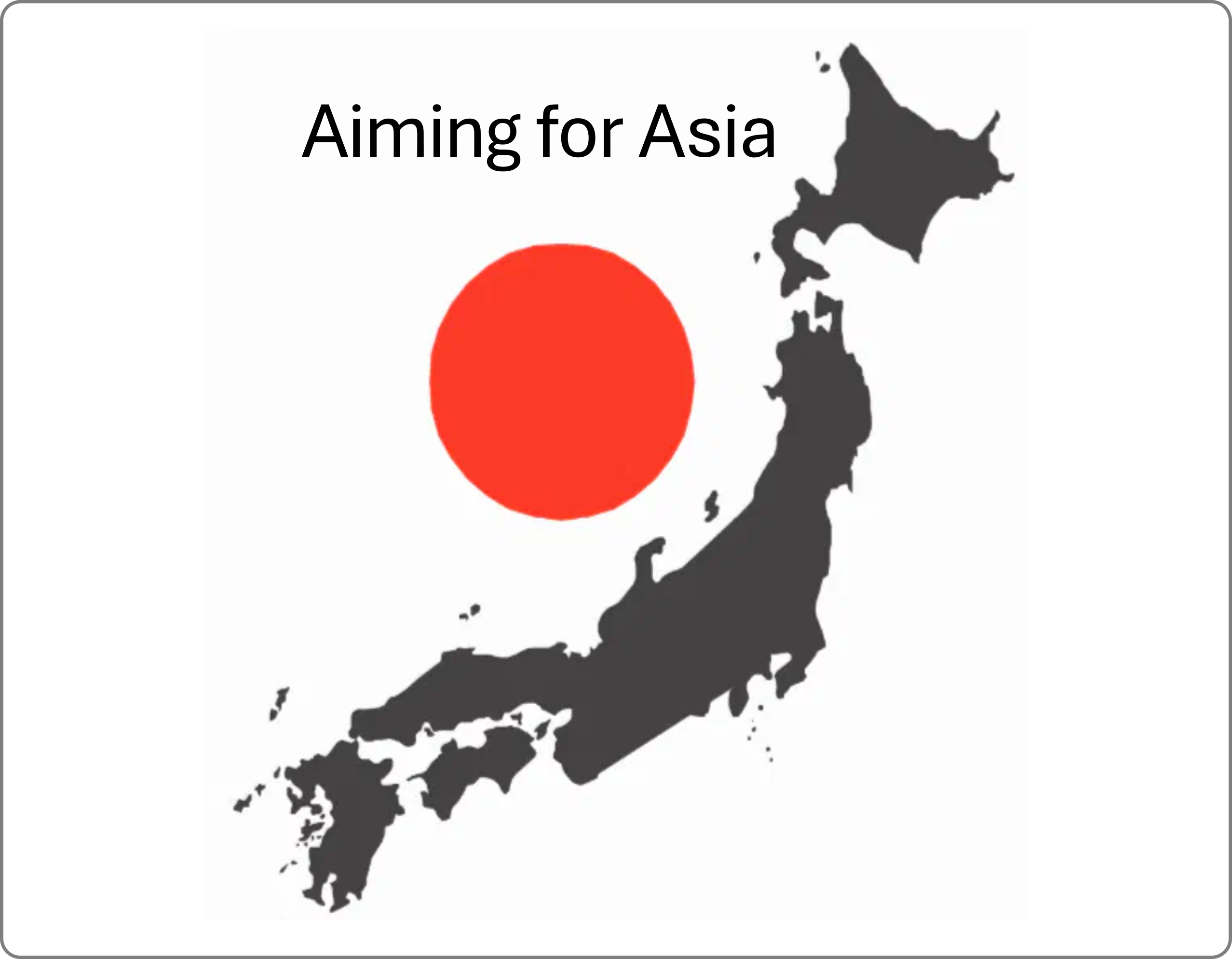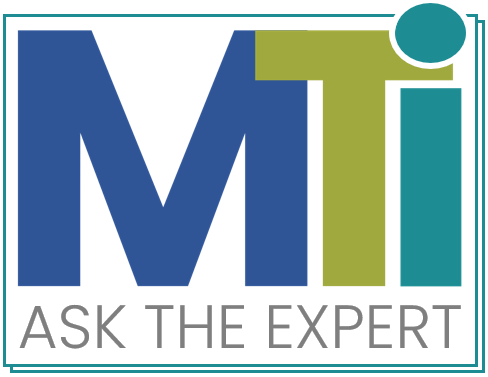What do you need to know about getting your medical device reimbursed in Japan?
Medical Devices must be fully reimbursable – no out of pocket expenses – in Japan. So, how is reimbursement achieved for your medical device? The post What do you need to know about getting your medical device reimbursed in Japan? appeared first on MedTech Intelligence.


 Ames Gross is President and Founder of Pacific Bridge Medical, a Bethesda, Md.-based consulting firm that helps medical companies doing business in the Asia market. A recognized national and international leader in the Asian medical markets, he founded Pacific Bridge Medical in 1988, which has helped hundreds of medical companies with business development and regulatory issues in Asia. For more information, visit www.PacificBridgeMedical.com.
Ames Gross is President and Founder of Pacific Bridge Medical, a Bethesda, Md.-based consulting firm that helps medical companies doing business in the Asia market. A recognized national and international leader in the Asian medical markets, he founded Pacific Bridge Medical in 1988, which has helped hundreds of medical companies with business development and regulatory issues in Asia. For more information, visit www.PacificBridgeMedical.com.
Oftentimes, obtaining the right medical device reimbursement in Japan is more important than both the expected need/demand for your product and medical device registration. Of course, all three things are important. But, if the Japanese reimbursement price for your device is not higher than your anticipated selling price in the Japanese market, why register in Japan to begin with – no matter how large the demand is? You cannot make money! Please remember that in Japan, unlike most developed countries, Japanese patients only want to use products that are fully reimbursed – paying out of pocket is illegal and not done!
For example, we are currently working on a reimbursement project in Japan for some large innovative medical equipment. In this case 20 Japanese hospitals bought the company’s equipment for about $2 million each. While the company was happy to get these proceeds from the sales, the real money or profit for them occurs when the hospital orders their consumables to do the procedure.
The consumables for this device have a reimbursement in Japan of about $7,000. However, the current consumable reimbursement price provides no incentives or profits for the hospital to do the procedure — because their costs per procedure are higher than $7,000. This has resulted in a limited number of procedures in Japan. The key issue is that the consumables are reimbursed at two or three times the Japan consumable reimbursement price in other developed Western countries. So, now the Japanese hospitals have made an investment where they cannot make a return on their investment, since doing the procedure results in a further loss of money. At the end of the day, both the Japanese hospitals and patients in Japan do not have access to this new innovative medical technology.
The main problem for Western device companies is device reimbursement is normally determined 3-12 months after product registration – with products looking for a higher reimbursement taking the most time. To hedge your bet, you can have a pre-meeting with the Japanese Ministry of Health, Labor and Welfare (MHLW) to see if they will “buy” your potential reimbursement strategy/proposal and request for higher pricing. However, while this pre-MHLW reimbursement meeting may give you some direction and alert the MHLW of your reimbursement plan, it does not guarantee the MHLW will ultimately agree to your pricing in the future.
Generally, if your device is a me-too or a me-too plus product your device will normally be priced as similar products in the market or with a slight premium. A slight premium, lets say about 15% can be added to the technical reimbursement fee (for reimbursement categories A1, A2, or A3) or in one of the other functional categories (B1, B2, or B3). However, if you have a unique device with a new function (C1) or a new function and new technical fee (C2), you will be able to submit a higher medical device reimbursement application for higher pricing to the MHLW.
To get a higher reimbursement for an innovative device you will need to provide information on your medical device reimbursement application and should include things like the prevalence of the disease, number of patients now and in the future, why your device is superior, etc. You will need to show that there are no similar products in the Japanese functional classification system. You will need to thoroughly explain your medical technology and its benefits and safety. Also, what is your rationale for why you would like to get an increased fee or supplemental fee to maximize pricing?
Other factors will need to be explored and adjusted too if needed. What JMDN code did you use for the product registration and is it conducive to a higher reimbursement. What is the foreign reference pricing in the US, England, Germany, France and Australia? How much does it cost to make your device – cost accounting method? What health economic data can be used to show a strong cost effectiveness argument? How can medical expenses be decreased in Japan?
Besides the above, strong support from the appropriate Japanese Association is needed. If you have a radiology product, which radiology association do you need to court to get its full support for your technology? Normally, increased reimbursement requests are submitted to the MHLW via the appropriate Association or Society. When dealing with the Association, can the guidelines for certain diagnostic or treatment guidelines be changed to reflect your new innovative technology? Please remember when getting Association support from the president of the Association is important, oftentimes, even more important is getting the support of the Japanese doctor at the Association who is in charge of submitting the reimbursement applications. Is your device reimbursement application on the list for the Association’s reimbursement doctor to submit? If not, why not?
Things that are considered when trying to get a premium price include things like – does the mechanism of action of your medical materials for producing therapeutic effects significantly differ than similar products, does the Association’s reimbursement specialist believe that the proposed new treatment method is extremely useful, are there deficiencies for treatments used to help with a specific disease, is there a significantly faster onset of the effect or results using your innovative device, etc.?
Recently, we have determined that while there are many important factors to getting increased reimbursement, the most important factor is strong clinical data. Can the company provide clinical data that shows clear superiority over existing products and thus command a premium price? If we cannot do this the Japanese government will ask, why it needs to pay more if the outcome is equivalent?
As a last resort, if you are already selling in Japan and if you cannot succeed in increasing reimbursement through any of the above strategies and you are still not making money on sales in Japan, your local MAH/DMAH can go to the MHLW and say we will be shutting down this business in 6 months or a year if we cannot get more reimbursement – our business is simply unprofitable. This threat may or may not get the MHLW to examine your situation again. However, if the MHLW decides to look at your reimbursement again, they will surely contact the appropriate Association or Society to speak to the president or reimbursement executive at the Association. In addition, the MHLW will then ask for much more support to re-evaluate your case. Please keep in mind that even if you make such a request, and ultimately for whatever reason decide not to shut down your Japan business, you can still continue with the existing reimbursement if you want.
In short, navigating and succeeding in the Japanese market is a function of a number of factors. While demand for the product and successful registration is important, please do not forget reimbursement issues. Over the last 35 years, I cannot tell you how many device companies have registered their products in Japan, spending lots of money and time, and ultimately found out that their reimbursement price will not yield them a profit.
The post What do you need to know about getting your medical device reimbursed in Japan? appeared first on MedTech Intelligence.























































































































































